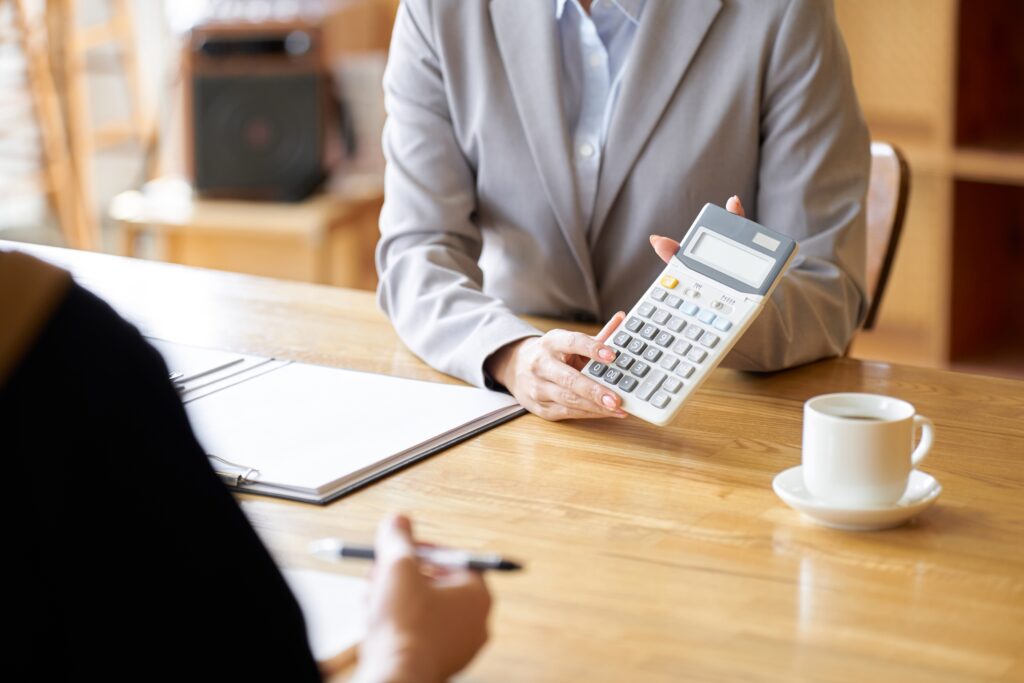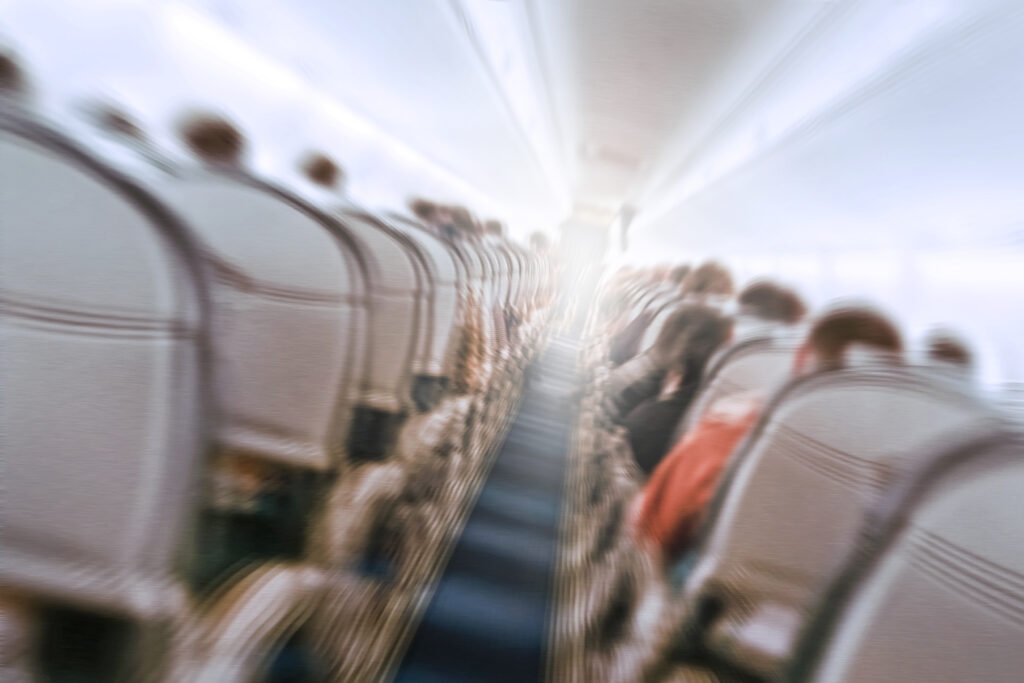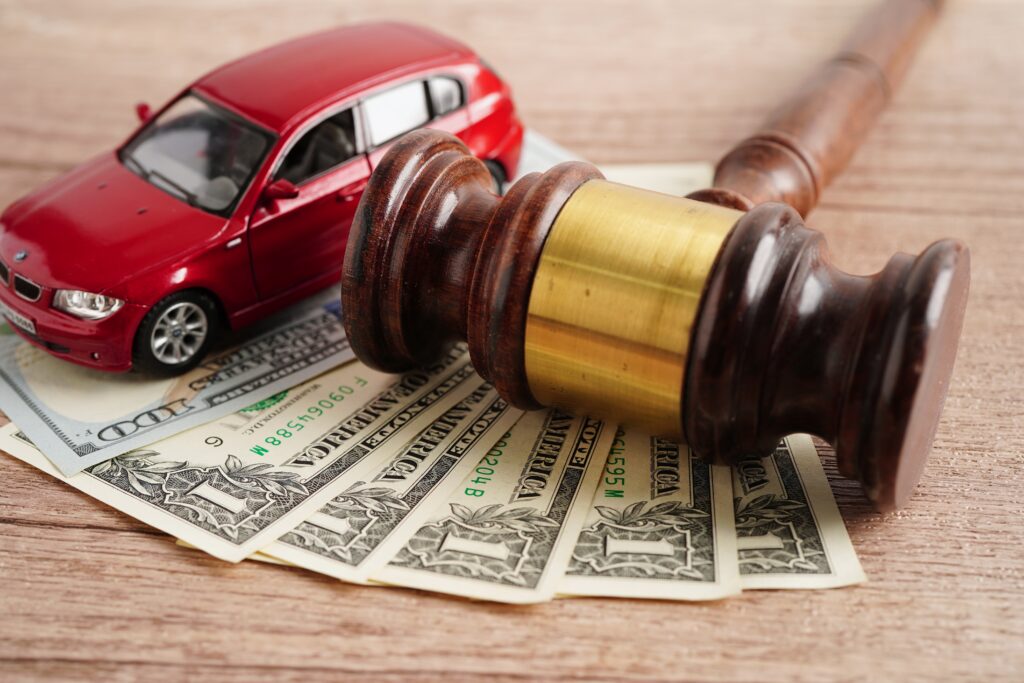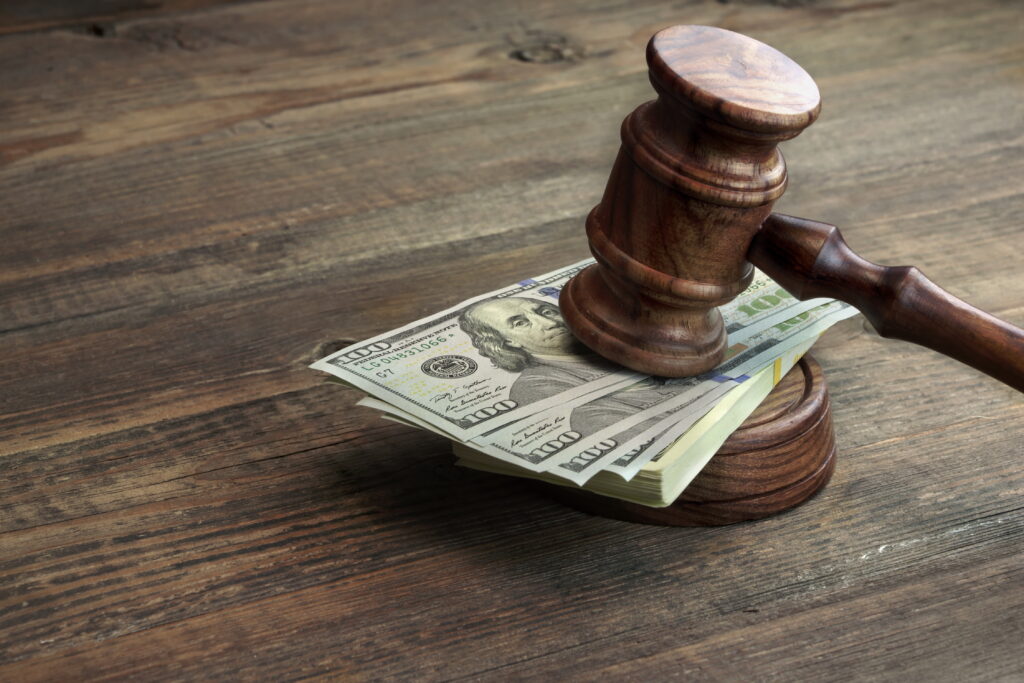When drivers violate rules of the road, the chances of a car accident happening increase significantly. In car accident scenarios, passengers – in addition to drivers – may suffer serious injuries.
The amount of compensation that an injured passenger recovers in a car accident depends on several factors, including the severity of their injuries, the amount of available insurance coverage, their willingness to settle the case, and whether litigation becomes necessary.
An experienced car accident lawyer in Edmonton can pursue the full compensation you deserve for your accident-related losses, helping you become whole again as much as possible.
How do Car Accidents Frequently Result from Driver Negligence?

Car accidents resulting from driver negligence can vary widely in their nature and severity, often leading to passenger injuries.
- One common type of car accident stemming from driver negligence is rear-end collisions. These occur when a driver fails to maintain a safe following distance or becomes distracted, resulting in them crashing into the vehicle in front. Rear-end collisions can cause whiplash injuries to passengers and drivers alike due to the sudden impact and resulting rapid movement of the neck and head.
- Another common type is side-impact collisions, often referred to as T-bone accidents. These usually occur at traffic intersections when one driver disregards traffic signals or fails to yield the right-of-way, crashing into the side of another vehicle. Such collisions can lead to significant injuries to passengers on the side of the vehicle that is struck, depending on the speed and force of impact.
- Negligent driving can also lead to rollover accidents. These typically involve high-speed maneuvers, reckless driving, or sudden swerving that causes a vehicle to overturn. Rollover accidents can result in various injuries to passengers due to the violent motion and potential for ejection from the vehicle.
- Furthermore, accidents resulting from distracted driving are increasingly common in today’s digital age. Distractions like texting, talking on the phone, or adjusting in-car entertainment systems divert a driver’s attention from the road, leading to reduced reaction times and increased likelihood of collisions. Such accidents can cause a range of injuries to passengers depending on the nature of the crash.
- Impaired driving, whether due to alcohol, drugs, or medication, remains a significant cause of preventable accidents. Intoxicated drivers frequently exhibit reduced coordination, impaired judgment, and slower reaction times, increasing the risk of accidents. Passengers in vehicles who are involved in impaired driving accidents can sustain severe injuries due to the high speeds and erratic driving behaviours that impaired drivers frequently exhibit.
- Finally, speeding-related accidents are another consequence of driver negligence. Exceeding speed limits reduces a driver’s ability to react to changing road conditions or unexpected events, increasing the likelihood of collisions.
Common Injuries that Passengers May Suffer in Car Accidents
In car accidents that result from driver negligence, passengers often suffer a variety of common injuries that can range from mild to severe, depending on the crash circumstances. These injuries can affect passengers physically, emotionally, and financially.
- One of the most frequent injuries that passengers may experience is whiplash. Whiplash occurs when the head and neck are forcefully jerked backward and then forward, often due to a sudden impact from a rear-end collision. This motion strains the neck muscles and ligaments, leading to pain, stiffness, and reduced range of motion. Whiplash injuries can vary in severity but are a common consequence of accidents where the vehicle is struck from behind.
- Another common injury is bone fractures. Passengers may sustain fractures to various parts of the body, such as the arms, legs, pelvis, or ribs, depending on the type and severity of the collision. Fractures can occur when the impact of the crash forces the victim’s body against the interior of the vehicle – or when limbs are crushed due to collapsing structures.
- Head injuries are also common in car accidents, particularly if passengers strike their heads against windows, dashboards, or other hard surfaces upon impact. These injuries include concussions and other severe traumatic brain injuries (TBIs), which may have long-term consequences for cognitive function and overall health.
- Cuts and lacerations are frequently seen as well, often resulting from shattered glass, loose objects within the vehicle, or contact with sharp surfaces during the collision. These injuries can be painful and may require stitches or other medical interventions to prevent infection and promote healing.

In addition to physical injuries, passengers may suffer from emotional trauma following a car accident. These psychological effects can manifest as anxiety, depression, post-traumatic stress disorder (PTSD), or a general fear of travelling in vehicles. These emotional injuries can be long-lasting and may require therapy or counselling to address them effectively.
If you suffered any of these injuries in a recent car crash, a knowledgeable car accident lawyer can gather the evidence necessary to prove your case while you focus on your medical recovery.
How Injured Passengers Can Successfully Prove the Legal Elements of a Car Accident Claim
Injured passengers must successfully establish several key factors to demonstrate the negligent driver’s liability and prove the damages they suffered.
- First, establishing negligence is crucial. This involves demonstrating that the driver owed a duty of care to all passengers in their vehicle and that they breached this duty through negligent actions, such as aggressive driving, speeding, distracted driving, or driving under the influence of alcohol or drugs. Evidence such as police reports, witness statements, and traffic citations can be used to support claims of negligence.
- Secondly, causation must be proven. Injured passengers need to establish that the negligent actions of the driver directly caused the car accident and subsequently resulted in their injuries. Medical records, expert testimony, and accident reconstruction reports may be used to illustrate the causal link between the driver’s actions and the harm that a passenger suffered.
- Thirdly, demonstrating damages incurred is essential in a car accident claim. This includes proving the extent and severity of a passenger’s injuries by introducing medical records and treatment plans. Additionally, evidence of financial losses resulting from the accident, such as lost income or loss of earning capacity, should be presented to substantiate the claim for compensation.
Moreover, passengers can bolster their case by documenting the aftermath of the accident. This includes keeping a detailed record of all communications with insurance companies, healthcare providers, and any other parties involved in the claims process. Photographs of injuries, vehicle damage, and the accident scene can also serve as valuable visual evidence.
Furthermore, legal representation can significantly aid injured passengers in navigating the complexities of their car accident claim or lawsuit. An experienced personal injury lawyer can provide guidance, advocate on their behalf, negotiate with insurance companies, and, if necessary, litigate the case in court to ensure fair compensation for damages.
What Happens at a Car Accident Trial Involving an Injured Passenger?

When an injured passenger’s car accident claim proceeds to trial, several key processes and events unfold in the courtroom.
- Opening Statements – The trial begins with opening statements from both the plaintiff’s (injured passenger) lawyer and the defence lawyer. These statements outline each side’s version of events and the arguments they intend to present during the trial.
- Presentation of Evidence – The plaintiff’s lawyer presents evidence to support their claims of negligence, causation, and damages. This evidence may include testimony from eyewitnesses, accident reconstruction reports, medical records documenting injuries, expert opinions, and any relevant documents or photographs.
- Cross-Examination – After witnesses testify, both lawyers have the opportunity to cross-examine them. This process aims to challenge the credibility of witnesses and clarify any discrepancies in their testimonies.
- Defense Case – Once the plaintiff concludes presenting their evidence, the defence lawyer presents their case. They may call witnesses, introduce evidence, and cross-examine the plaintiff’s witnesses to refute claims that the injured passenger made.
- Closing Arguments – Following the presentation of evidence, both lawyers deliver closing arguments. These arguments summarize the key points of the case, highlight the strengths of their respective positions, and attempt to persuade the jury or judge to rule in favour of their client.
- Jury Instructions – In cases where a jury is present, the judge instructs the jury on the law applicable to the case. This includes explaining the legal standards for negligence, causation, and the calculation of damages.
- Verdict – After deliberation, the jury usually reaches a verdict. The verdict determines whether the defendant is liable for the injuries that the passenger sustained in the accident, and if so, the amount of compensation to be awarded for damages, such as lost earnings, pain and suffering, and other losses directly resulting from the accident.
- Post-Trial Motions and Appeals – Depending on the outcome of the trial, either party may file post-trial motions or appeals. These legal maneuvers seek to challenge aspects of the trial process – or the verdict itself – aiming to secure a more favourable outcome for their client or to contest an unfavourable decision.
Throughout this process, the injured passenger’s lawyer plays a crucial role in advocating for their client’s rights, presenting a compelling case, and navigating the trial proceedings to achieve a just outcome.
Damages that Passengers Can Recover in Car Accident Cases
Injured passengers in car accidents may recover various types of damages through a claim or lawsuit, depending on the circumstances of the accident and the extent of their injuries. These damages aim to compensate passengers for the physical, emotional, and financial losses they have suffered due to the responsible driver’s negligence.
The types and amounts of compensation that injured passengers may recover will vary from case to case, depending on the circumstances. Factors that may affect the amount of money an injured passenger receives include:
- The extent of the victim’s injuries – and whether or not they suffered a permanent injury – in the car accident
- The amount of insurance coverage available, including the amount of the at-fault driver’s insurance company limits
- The willingness of the insurance company and the parties to settle the case out of court
- Whether there are any disputes regarding liability (or fault) for the accident
- Whether the parties take the case to trial or alternative dispute resolution (ADR)
Potential types of compensation available to passengers in a car accident case include:

- Lost Income – Injured passengers may recover damages for lost income if their injuries prevent them from working during their recovery time. This compensation aims to reimburse passengers for the income they would have earned but for the accident-related injuries. If passengers suffer a permanent injury such that they cannot return to the same job as before the accident, they may recover compensation for their loss of earning capacity.
- Pain and Suffering – Damages for pain and suffering compensate passengers for the physical pain, discomfort, and emotional distress they experience because of their injuries. This type of compensation is very subjective and takes into account the severity of the passenger’s injuries, the duration of pain and suffering endured, and the effects on the passenger’s overall quality of life.
- Loss of Consortium – In some cases, damages may be awarded for loss of consortium, which refers to the negative effect the injuries have on the passenger’s relationships with their spouse or other close family members. This can include loss of companionship, intimacy, support, and affection.
- Punitive Damages – In cases involving particularly egregious conduct or gross negligence on the part of the responsible party (such as drunk driving), punitive damages may be available. The main purpose of these damages is to punish the at-fault defendant and deter similar misconduct in the future.
Recovering these damages typically involves presenting evidence such as medical records, employment records, expert testimony, and other documentation to support the extent of the passenger’s injuries and losses. Experienced car accident lawyers play a significant role in advocating for their clients, negotiating with insurance companies, and, if necessary, litigating the case in court to secure fair compensation for all applicable damages.
Speak with a Knowledgeable Car Accident Lawyer in Your Area Today
If you suffered injuries as a passenger in a car accident, a skilled car accident lawyer can be extremely helpful. Your Edmonton personal injury lawyer can swiftly investigate the collision circumstances, file a claim with the insurance company on your behalf, and aggressively fight for the fair compensation you deserve to recover.
